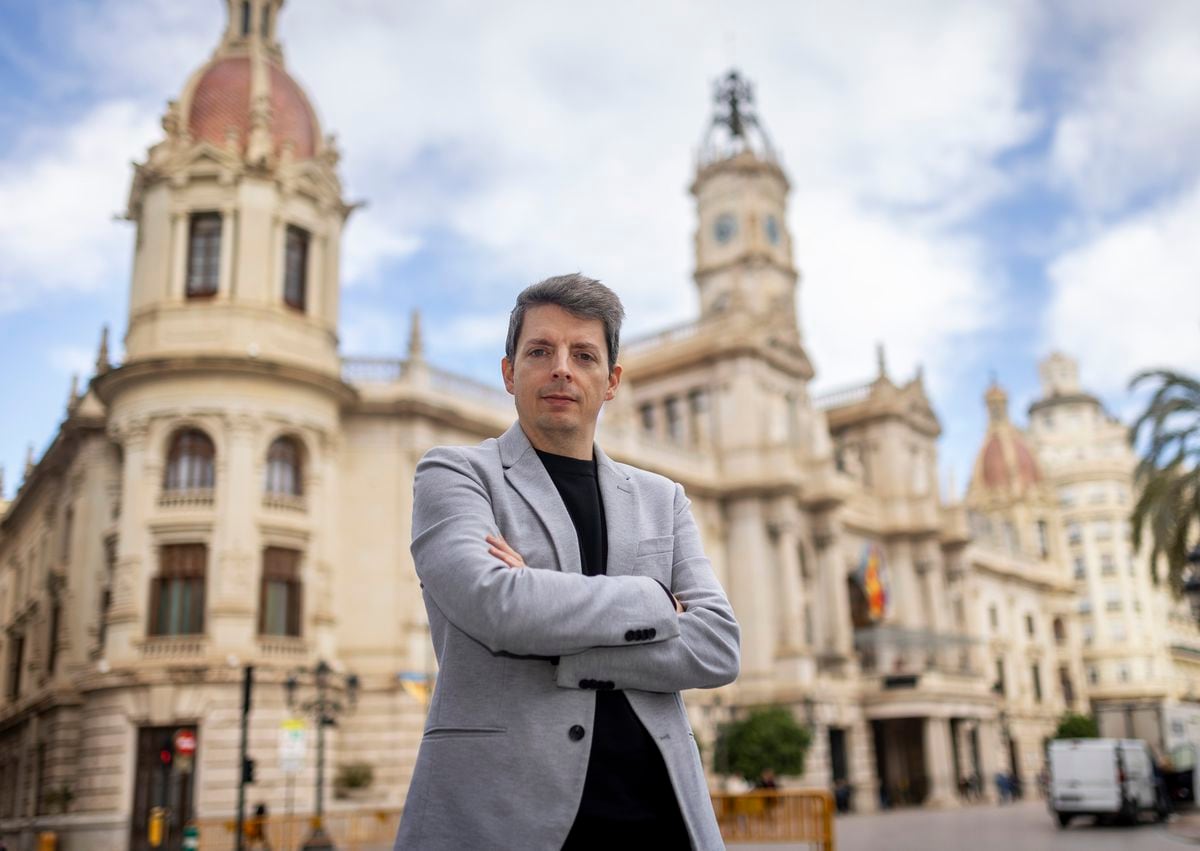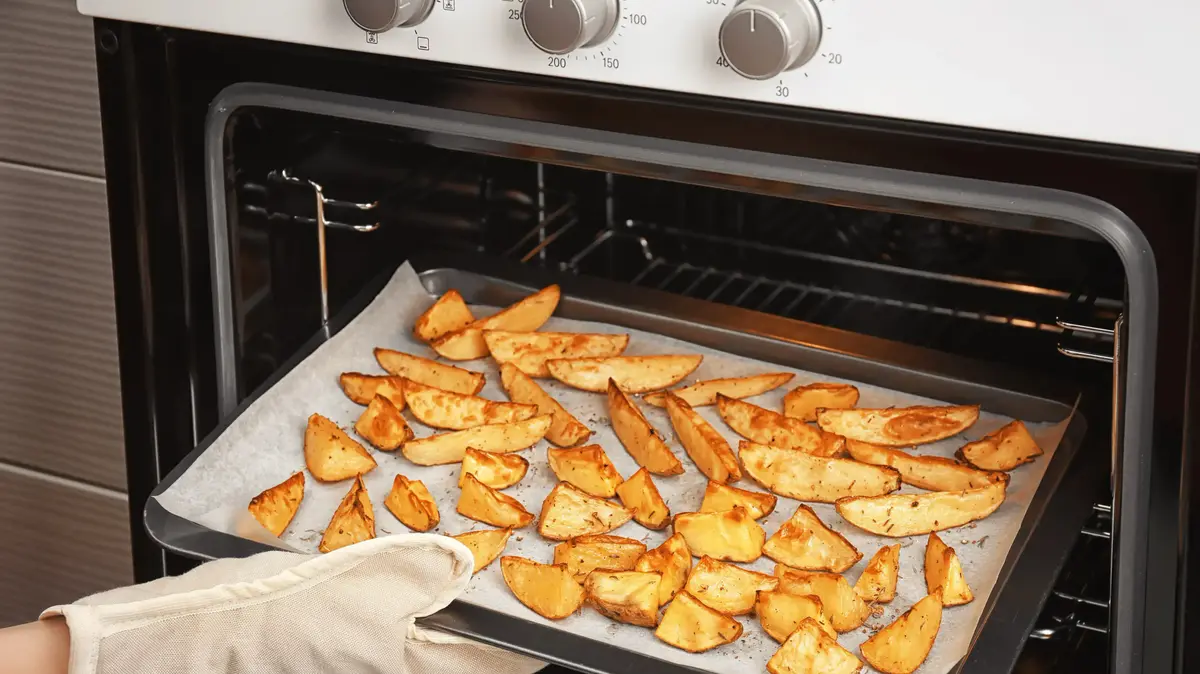The energy crisis is making many people more aware of saving electricity and energy.
A number of tips are floating around the web.
But which ones really help?
Berlin – Consumers feel the energy crisis extremely.
The prices have risen enormously and therefore applies to many German households: electricity, gas and energy saving wherever possible.
In the summer of 2022, energy-saving measures will even become mandatory.
myths and fallacies | Save energy |
leave the light on | only in the case of a short absence |
energy-saving lamps | LEDs as an alternative |
Some myths persist about how best to do this, although some of them are not true.
These errors are still circulating.
These tips and tricks will really help you save energy.
Energy myth: Prefer shorter flushing?
Finished faster does not mean less energy consumption
Washing machines and dishwashers have had so-called eco programs for years, which are supposed to save energy and be more environmentally friendly.
However, they are always viewed critically because they take longer than the normal washing or rinsing cycle.
Would you rather start the quick flush?
No.
The machine uses most of the energy to heat the water.
With Eco programs, the water is sometimes only heated half as much, which saves a lot of energy.
The program compensates for the lower water temperature with a longer running time.
Energy myth: heating water in a kettle?
Faster is not always better
Probably the most common practice: first heat the water for boiling in the kettle instead of directly in the saucepan on the stove.
This is quicker and saves energy – under certain circumstances.
As long as it's a kettle load for a tea or for the coffee pot, that's correct, because the kettle uses less energy than the stove.
This is because the water is heated directly.
But if you need several fillings at the same time or if you want to pour the water into a pot to cook pasta with, the calculation is reversed.
Then it is more energy-efficient to use the stove and simply wait a few minutes longer, as recommended by Stadtwerke Solingen.
Energy myth: are energy-saving lamps the best choice?
There are even more energy efficient lamps
+
When it comes to saving energy, some myths persist.
Which are true, which aren't?
© Imago (kreiszeitung.de assembly)
Energy-saving lamps save energy, that sounds logical and is correct.
However, there is an even more efficient choice, namely the LED lamps, which are now even used for street lamps.
According to the electricity supplier Verbund AG, which is the largest electricity supplier in Austria, energy-saving lamps have a lifespan of 20,000 hours and LEDs 25,000 hours.
In addition, LEDs consume 80 percent less electricity than a conventional light bulb, which is a pure energy guzzler in the home, and energy-saving lamps around 70 percent less.
Energy myth: Is it better to leave the light on than switch it on and off?
Depends on the burn time
It is true that energy is saved by not constantly switching the light on and off.
The lamp draws the most energy when it is switched on.
Therefore, you should leave it switched on if you only leave the room for a short time.
However, if you are absent for more than three minutes, the burning light is no longer worthwhile.
Then it is more energy efficient to turn it off and on again.
Energy myth: charging cables don't consume electricity?
Whatever is plugged into the socket also draws
If you unplug the laptop or cell phone from the charging cable, the current flow is interrupted and no additional juice gets to the device.
But that does not mean that it disappears from the charging cable.
Plugs that are plugged into the socket without a connected device also draw electricity.
According to the eco-design guidelines and a 2009 ordinance by the Federal Environment Agency, power supplies with a consumption of up to 51 watts at no load, i.e. when no device is connected, may consume a maximum of 0.30 watts.
Nevertheless, electricity is consumed here that you do not use, which is why you should always unplug the charging cable from the socket.
Incidentally, according to "co2online", the screen saver on the laptop is also a power guzzler and does not save energy just because the screen is dark or a still image is on it.
The savers are a remnant from the days of tube screens and today only fulfill an optical effect.
If you want to use the device in an energy-efficient manner, switch it off when not in use.
List of rubrics: © Imago (kreiszeitung.de-Montage)








